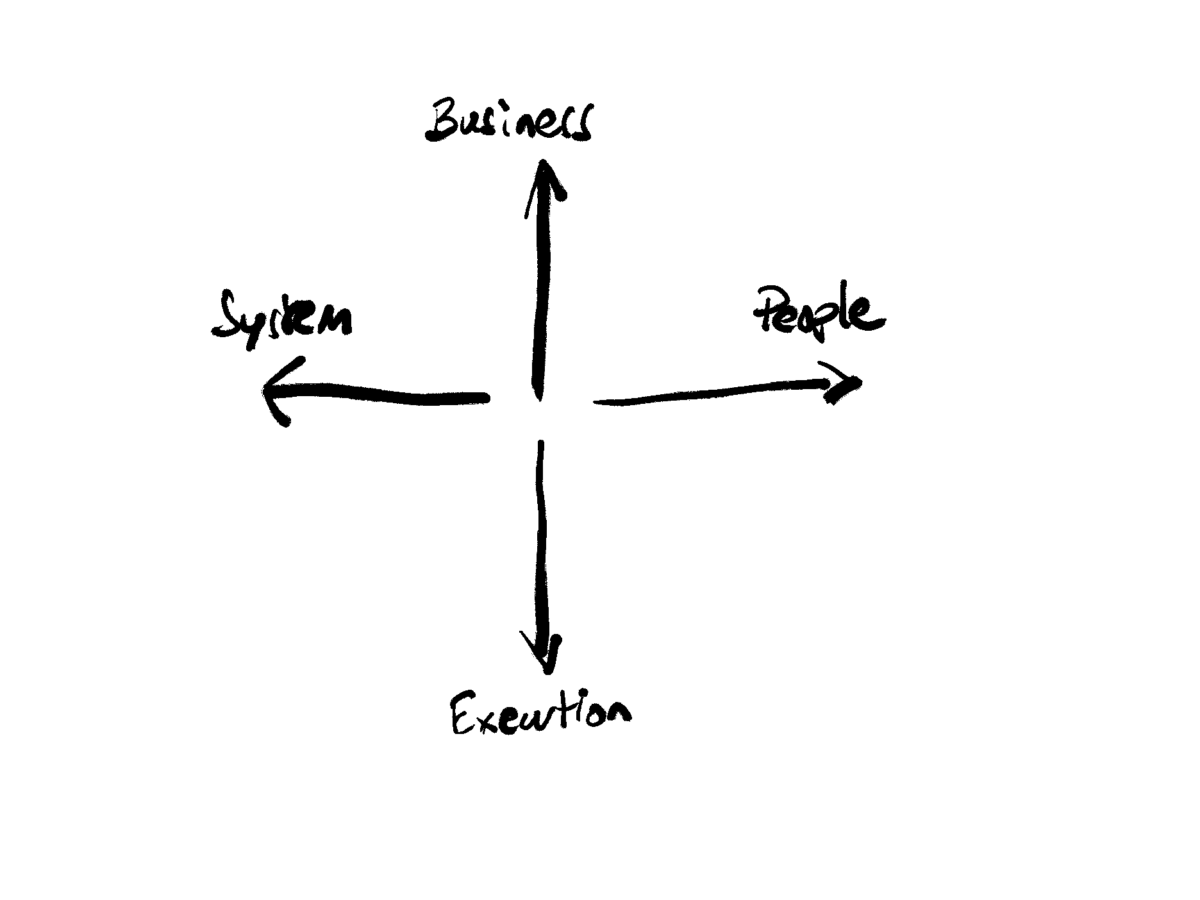Navigating the bustling corridors of a 300-strong cloud infrastructure team, I witnessed firsthand the complexities and challenges of a large-scale software development setup. The traditional organization with its neatly partitioned functions – product management, software engineering, quality assurance, and the like – seemed efficient on paper, but it was far from optimal.
We brought together leaders from all functions to form a leadership team in a transformative move. With shared goals as our north star, we dreamt of a novel organization model: small cross-functional teams, each dedicated to delivering a distinct section of our product. These weren’t just any teams. Imagine having a dedicated team for ‘compute,’ another for ‘storage,’ and yet another for ‘networking.’ (Yes, the reality was a bit more complex than that!)
To bridge the gap between our product managers and the teams, we introduced the ‘User Advocate,’ responsible for ensuring clarity in the team’s direction. Alongside them, we introduced the ‘Team Catalyst,’ a role committed to fostering collaboration among team members.
However, our forward-looking vision encountered unexpected pushback, predominantly from the intermediate managers. They felt threatened, viewing their roles as narrowly confined to execution. This pivotal insight sparked my epiphany, leading to the creation of the BEPS navigator. It was designed to guide their transition towards a more encompassing, servant-leadership stance. Let’s delve deeper:
- Business: It’s more than profit and loss sheets or market dynamics. It’s about comprehending the realm within which the organization functions within. Leaders should discern why their products or services exist in the first place and be able to articulate a clear and compelling vision.
- Execution: While execution remains a critical facet, it’s not the sole responsibility. Leaders are not just schedulers or task distributors. They are the driving force ensuring the team delivers effectively.
- People: Leaders wear multiple hats – they hire, they nurture, they manage performance. But above all, they invest in self-improvement, knowing that leadership is an ever-evolving journey.
- System: W. Edwards Deming‘s words ring especially true here: “A Bad System Will Beat a Good Person Every Time.” Understanding the intertwined network of people, processes, tools, and organizations is vital. But leaders also hold the torch to illuminate and obliterate obstacles, ensuring their teams can function seamlessly.
Amidst apprehensions and pushbacks, our leadership team clung to these axes, or as we initially called it, “the axes.” The shift was transformational. Our teams moved faster, silos crumbled, and products reached customers quicker.
However, transitions are rarely smooth. Some managers couldn’t align with the new vision, some engineers misjudged the roles of User Advocate and Team Catalyst. But with every hiccup, the navigator provided a guiding light.
In subsequent roles, I wielded the BEPS navigator in coaching and mentoring, helping leaders discern underexplored areas of their roles. Its simplicity is its brilliance – four overarching categories that can be tailored and deepened based on context. It’s not a tool for benchmarking or comparison but a mirror for introspection. Remember, balancing the axes doesn’t mean equal emphasis on all; it’s about investing energy where it’s most needed at a given time.
The anecdote of managers fearing obsolescence in the face of transformation underscores a vital lesson. Leadership is not about controlling a system but understanding and molding it, ensuring everyone within can flourish.

